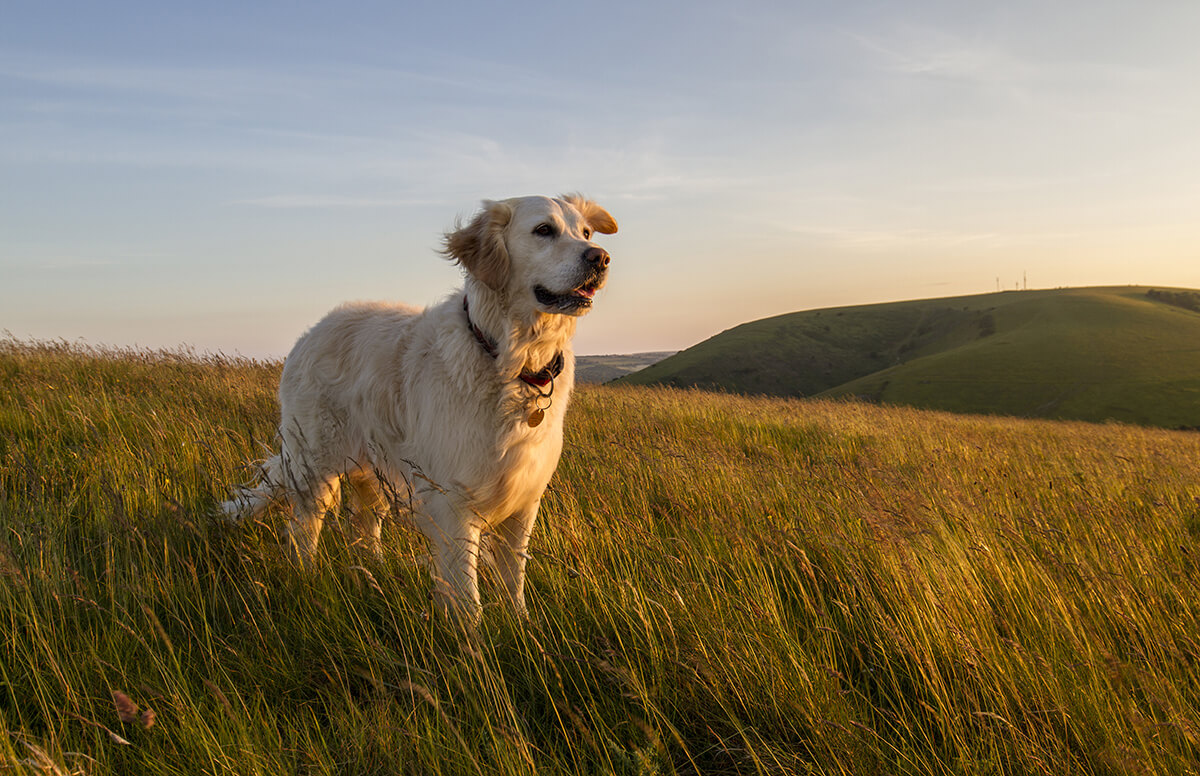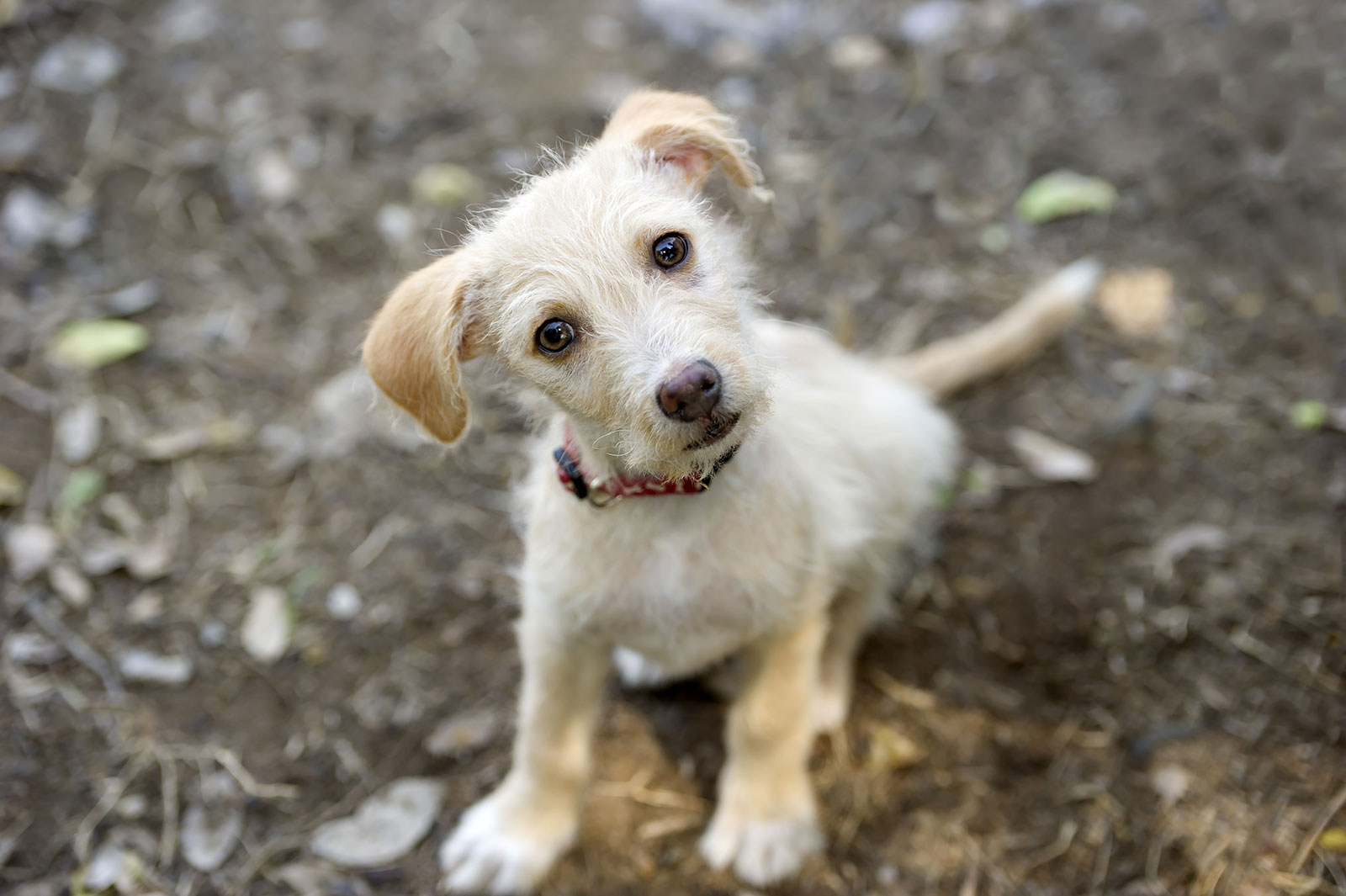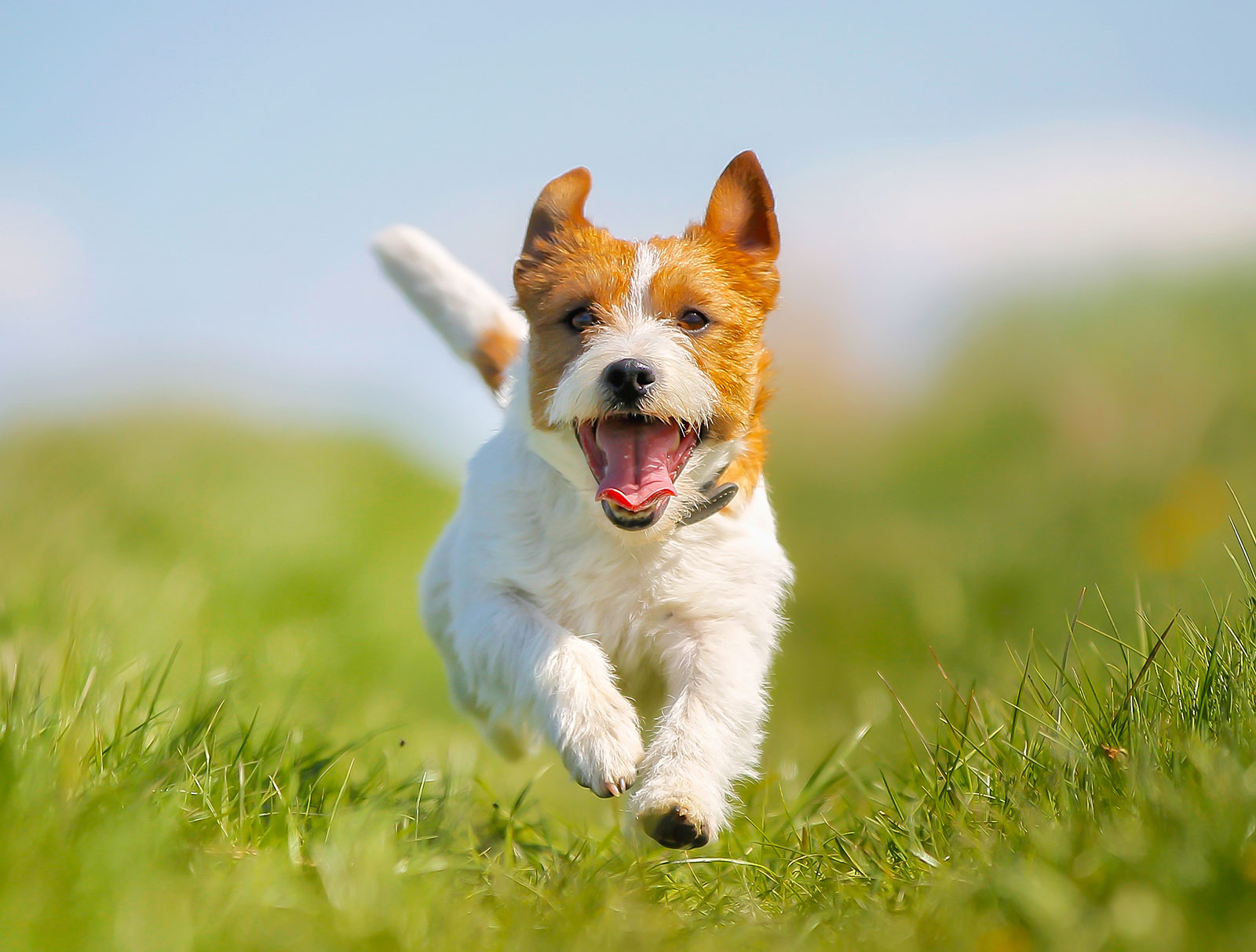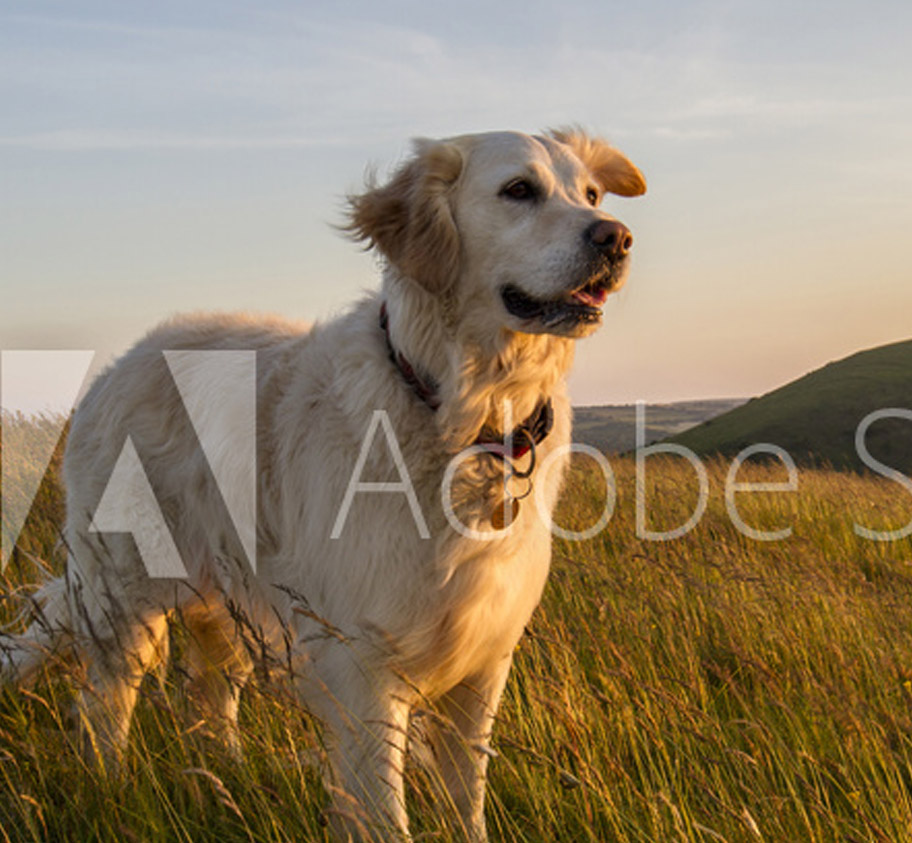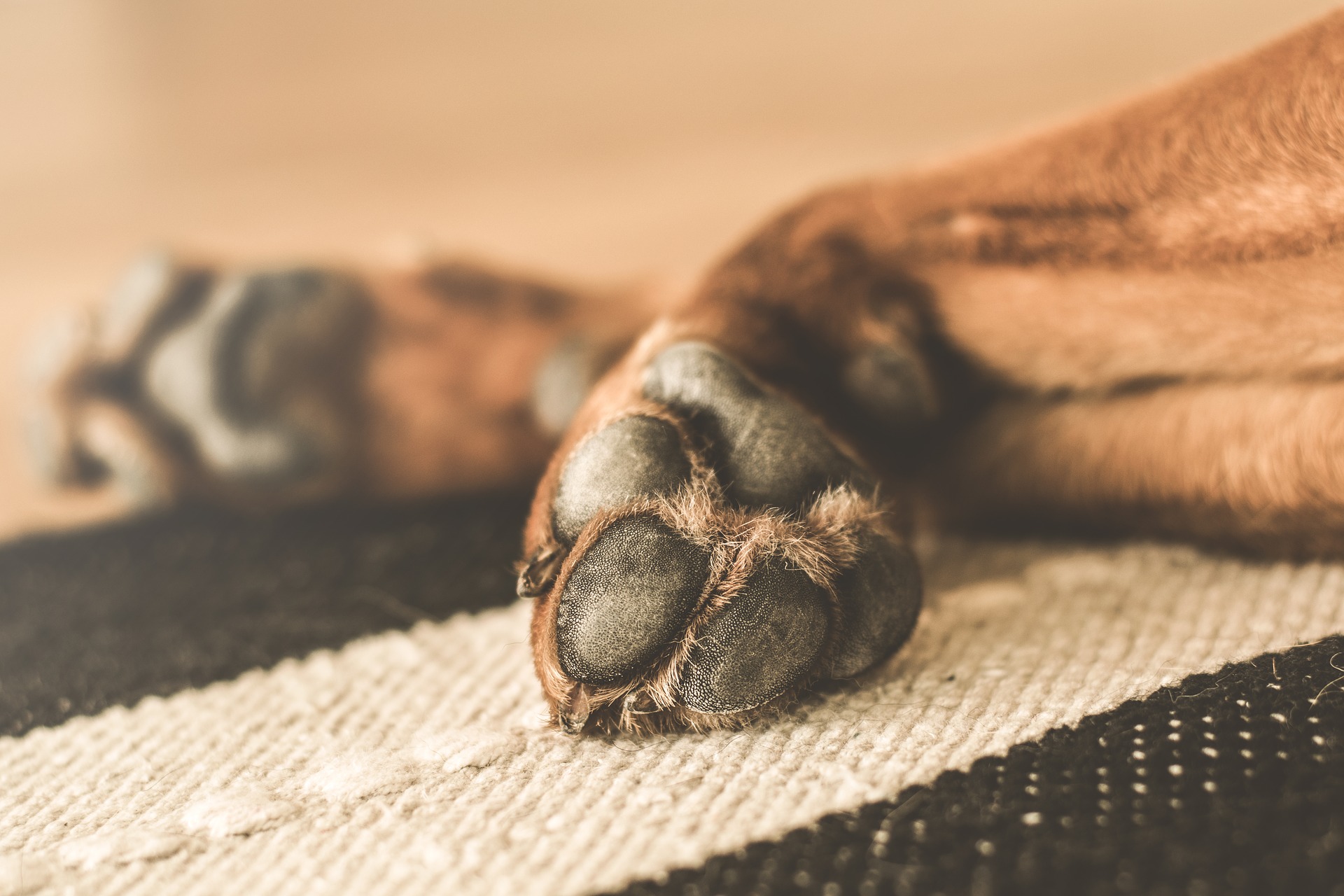
 Menu
Menu
Carpal Hyperextension
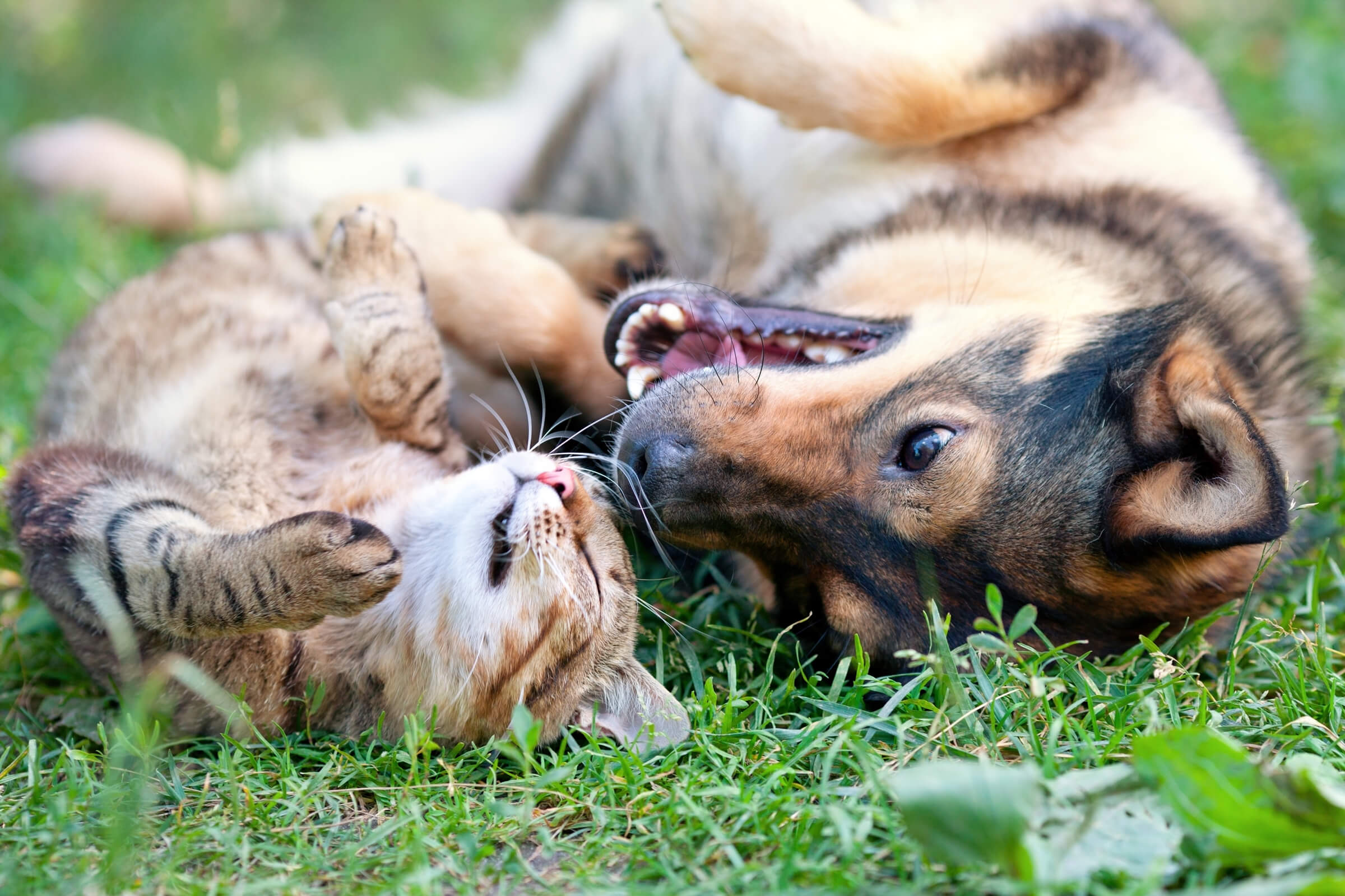
What is Carpal Hyperextension?
Hyperextension means overextending of the joint. The carpus is the wrist joint and in this condition a patient develops collapse of the carpus where the joint starts to drop and get closer to the ground.
What causes carpal hyperextension?
We frequently see this condition as a result of trauma. The patient, most commonly dogs but cats can be affected, traps the front paw and over stretches the carpus. This can result in stretching or tearing of the ligaments at the back of the joint (palmar ligaments) which are vital for the stability of the joint. Once the ligaments are torn, they cannot be repaired. Equally, stretched ligaments show poor healing and the carpus is often damaged permanently.
In some dogs, particularly Collie breeds, the carpus can undergo degenerative changes which cause the palmar ligaments to become weak and gradually stretch. Other joints, such as the tarsus or hock joint (ankle joint in people) can also be affected in the same individual.
What are the signs of carpal hyperextension?
Limping will develop in the front legs. With trauma, usually only one limb is affected, however, during a fall both the front limbs can be affected at the same time. The carpus anatomy will change and the carpus will drop towards the ground, meaning the standing angle at the front of the joint rather than being 140° – 180° in dogs and 160° – 180° in cats, decreases and can be reduced to 90° in the most severe cases. Swelling and pain may also develop in the carpus. The condition can gradually deteriorate over time meaning the angle can gradually decrease.
Diagnosis
A definitive diagnosis can be made on clinical examination alone. However, in less obvious cases further examinations such as assessment under sedation / anaesthesia and radiography (x-ray) may be required.
Carpal hyperextension treatment
Non-surgical / conservative management
Given the poor healing potential of the palmar ligaments, this condition often responds poorly to non-surgical treatment. Splinting and support dressing have been used in the past which provide some stability in the short term but longer term results are poor as the ligaments fail to heal satisfactorily. Given the poor results with conservative care, surgery is often the treatment of choice. In patients where surgery is not appropriate, non-surgical management can be pursued using body weight control, exercise control and standardisation, physical therapy, anti-inflammatory pain killers and dietary supplements. In many cases there is no further deterioration in the carpus collapse but in some patients this will get worse and the carpus can become increasingly uncomfortable.
Surgical management
Currently, there are no procedures which can restore the function of the carpus. As such, in a painful and non-functional joint, surgery using arthrodesis (fusing of the joint) is often recommended. This can be where the whole joint is fused called pancarpal arthrodesis or where part of the joint is fused called partial carpal arthrodesis.
Partial carpal arthrodesis
The carpus is made up of three rows of joints. The main moving joint of the carpus is the antebrachiocarpal joint. The other two joints, the middle carpal and carpometacarpal joints have minimal movement. If either or both of the latter two joints are affected, then these can be fused in an attempt to preserve the movement in the joint. However, following this surgery significant osteoarthritis and collapse of the antebrachiocarpal joint can develop. This can then require further surgery to fuse the entire joint. As a result we frequently recommend fusion of the entire joint, pancarpal arthrodesis. In recent years there have been developments in implants used for partial carpal arthrodesis, which may improve the outcome of this surgery and thus maintain a functional joint longer term.
Pancarpal arthrodesis
If the antebrachiocarpal joint is damaged, then the carpus is unlikely to be salvageable and therefore fusion of the entire carpus will be recommended. This allows the patient to use the limb and the pain is often markedly improved after the surgery. During this procedure the cartilage from the entire joint is removed and the carpus is stabilised with a bone plate or sometimes two plates and screws. A bone graft (bone harvested from the shoulder on the same side to provide cells and healing potential) is placed at the arthrodesis site to stimulate healing. Many dogs will return to normal or near normal function after this procedure albeit with an altered gait.
Potential complications after partial carpal and pancarpal arthrodesis
Complications following this procedure are not uncommon and have been documented at 25%. These may be minor complications requiring limited treatment or more severe requiring further surgical management. Complications include:
- Infection
- Failure of the carpus to fuse
- Seroma formation
- Damage to the blood supply to the foot
- Discomfort from the implants
- Fracture of the radius or metacarpals
- Failure of the surgical implants
- Development of osteoarthritis in the carpus (if partial carpal arthrodesis is performed) or in the toe joints
Keeping patients appropriately confined after surgery and adhering to the post-operative care plan given by the surgeon keeps the complication rate to a minimum although this does not completely eliminate all risk.
Stay in touch
Follow us on social media and keep up to date with all the latest news from the MVS clinic.
